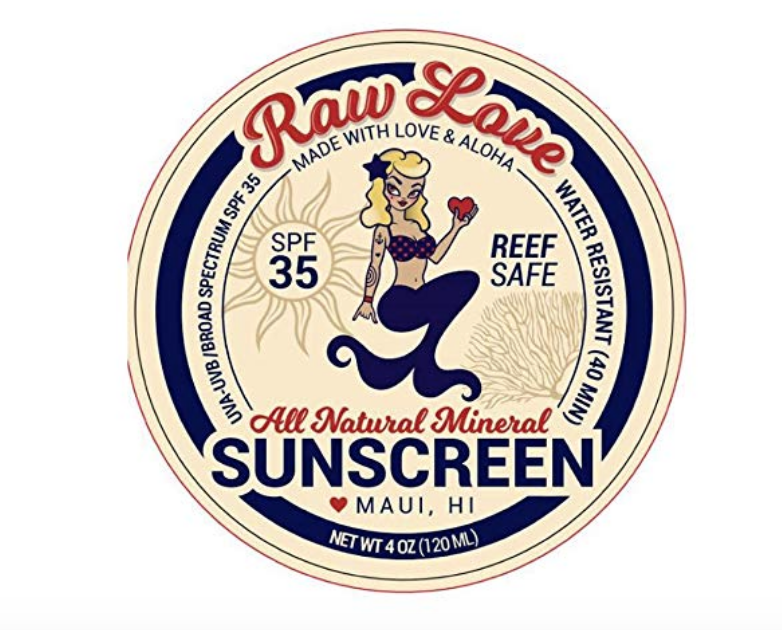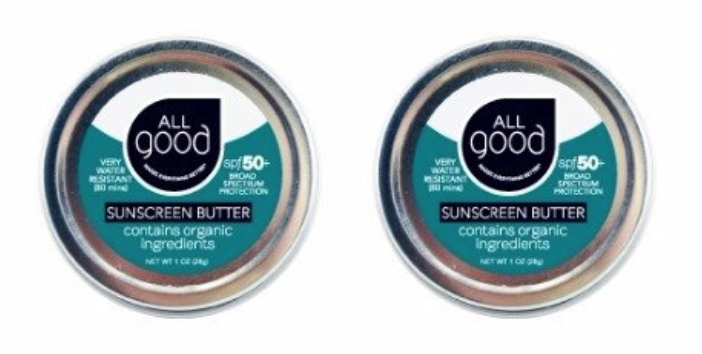6 Reef Safe Sunscreens
We move the clocks forward, circle the first day of spring and summer on our calendars, and eagerly wait to feel the warmth of the sun in a few short weeks. So before we go outside it’s important to protect ourselves from the harsh rays of the sun. Therefore here are a few things we need to consider when it comes to sunscreen.
The Low Down
Update June 20th, 2020
The guidelines for sunscreen are to wear something with an SPF (sun protection factor) of 30+ or higher. Or some kind of topical lotion that protects against UVB and UVA rays. We’ve been wearing sunscreen for years and years. Certainly, one thing that we never really think about is the long term effects of the ingredients in sunscreen. And neither does the FDA. Until recently, restrictions are now being enforced that certain chemicals will be left out altogether for sunscreen manufacturers. After multiple coral reef systems have been found dead, scientists discover chemicals that are to blame. Of which, are in sunscreens carrying the ability to block the harmful UV rays. These harsh chemicals are oxybenzone and octinoxate, any of the oxy words on the labels.
Why are these chemicals so bad?
Oxybenzone: a derivative of Benzophenone – because it reduces the risk of DNA damage and skin penetration of harmful UV rays. However, it is evident there is a link to coral bleaching and deforming juvenile corals.
Octinoxate: Octyl methoxycinnamate or (OMC) is a UV filter. It shows that it disperses harmful UV rays which cause burns. So while you will not get a sunburn, unfortunately, it’s detected in human urine, breast milk, and our blood, meaning that our bodies are absorbing this chemical. It stays in the body as an endocrine disruptor which has been known to alter female reproductive systems and reduce sperm count.
PABA Free: PABA stands for para-aminobenzoic acid. You find this in sunscreens because it works as a reflective agent. PABA is also linked to skin allergies and skin discoloration.
Octocrylene is now under review as well because of the increase of free radicals (a toxic by-product of oxygen metabolism) in the body.
What?!?
I feel sick reading this knowing that I’ve been using sunscreens for over 28 years with probably all of these ingredients. Even more, it’s important to educate ourselves and opt for reef-safe and PABA-free sunscreens. As a result, you can feel good about hitting the pool or the beach knowing you’re skin and ocean are safe. Finally, if you’re not sure where to begin when it comes to switching up your sunscreen routine, a few mineral based ones are below!
Reef Safe Sunscreens
Fun Fact: Hawaii was the first state to ban sunscreens made with these harmful chemicals (Oxybenzone and Oxinoxate)!!
Great for all ages, this one ranks highest for non-toxic chemicals.
First Sunscreen to pass Whole Foods Premium Care Requirements
Top Rated on EWG’s Skin Deep with a “1” rating since 2010
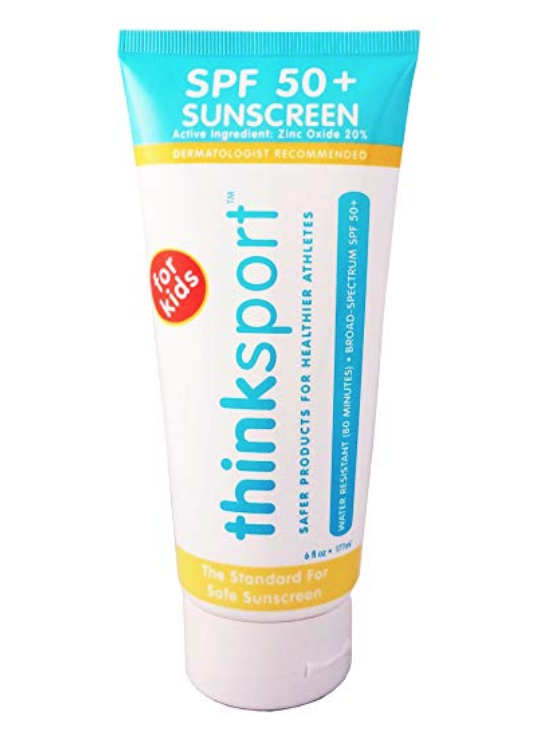
Great for face application because of the non-nano zinc water-resistant formula. They are cruelty-free and support 1% for the planet. They also come plastic-free!
SPF 30+
Broad spectrum protection
Reef safe
Biodegradable
Safe for all ages
Never runs or stings eyes
Very water resistant (up to 80 minutes)
Soy, gluten and nut free
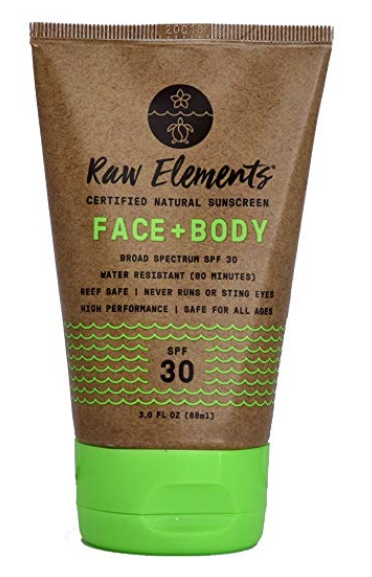 Mama Kuleana Reef Safe Sunscreen
Mama Kuleana Reef Safe Sunscreen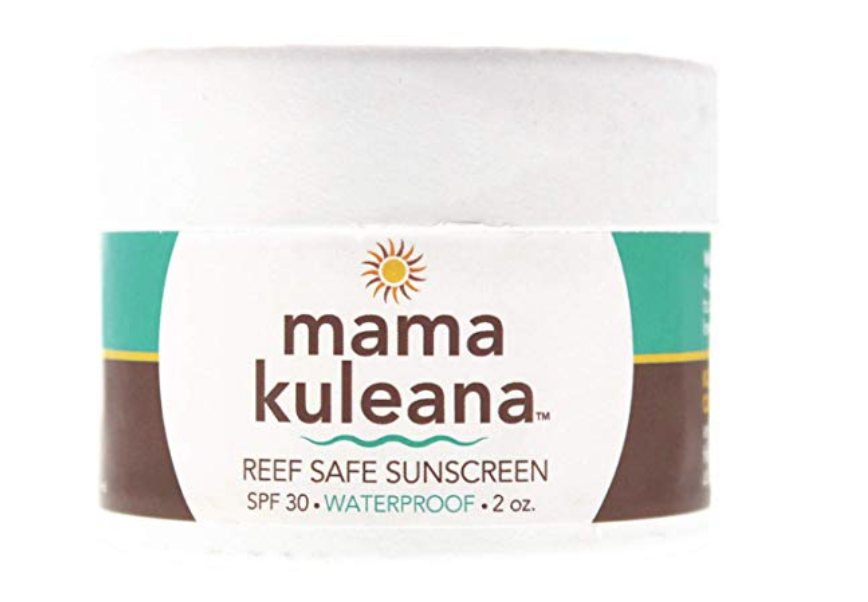
Biodegradable, Eco-friendly, Non-toxic.
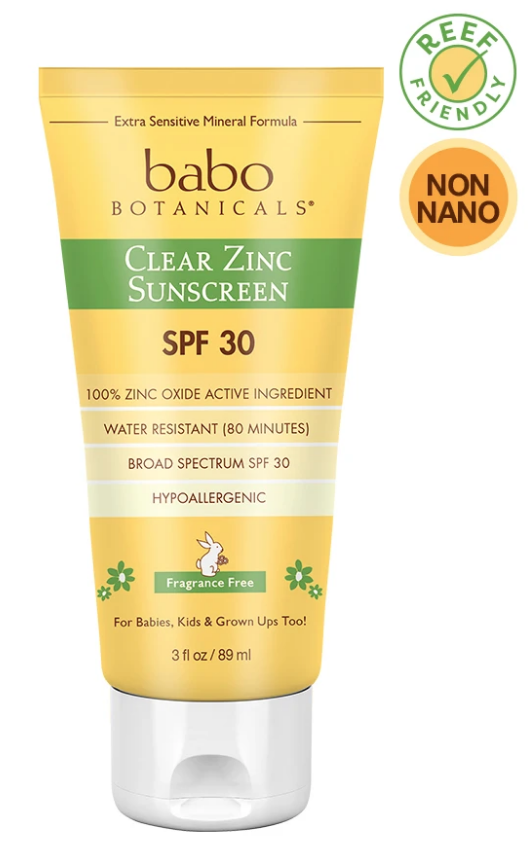
Rated a #1 in safety on EWG
80 minutes water and sweat resistant
100% Non-Nano Zinc Oxide Sunscreen
Rubs in Clear
Fragrance Free for Sensitive Skin
Hypoallergenic and lightweight
Contains our exclusive Nutri-Soothe™ Complex rich in vitamins and anti-oxidants
A few other options are linked here.
Final Notes
Always check that the sunscreen says OXYBENZONE, OCTINOXATE, and PABA FREE.
Your sunscreen should INCLUDE:
- Non – nano zinc or zinc dioxide (This creates a protective barrier to the skin)
- Mineral based
- Broad Spectrum
- SPF 50+
- Reapply every 90 minutes or after increased sweating and swimming
Disclaimers:
– I am not a doctor. Always consult a physician if you have specific allergies or medical conditions.
– No sponsorship from these products. I use or have researched these for their reviews.
References:
“OCTINOXATE.” EWG Tap Water Database, www.ewg.org/skindeep/ingredient/704203/OCTINOXATE/.
“What Is Octinoxate and Is It Safe in Sunscreen? | Goddess Garden.” Goddess Garden Organics | Products Safe for the Whole Family, 7 Dec. 2018, www.goddessgarden.com/blog/what-is-octinoxate-and-is-it-safe-in-sunscreen/.
“Is Your Sunscreen Killing the Coral Reef?” Ocean Conservancy, 18 Dec. 2018, oceanconservancy.org/blog/2018/05/24/sunscreen-killing-coral-reef/.
Looking for plastic-free tips? Here is a great place for resources.
